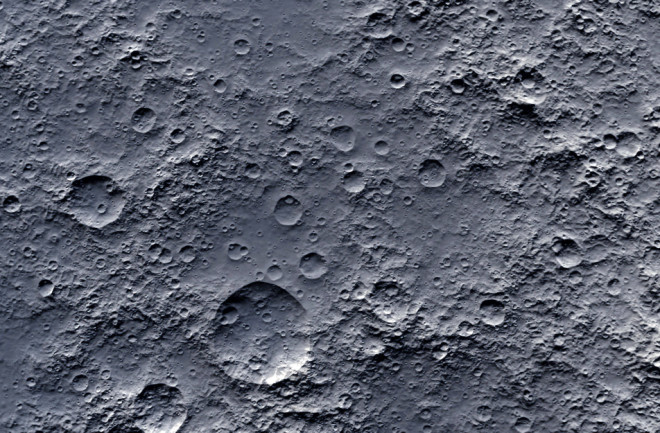Thanks to one of the slowest-ticking clocks in the universe, scientists have determined the moon is about 40 million years older than previously thought.
That means the Earth was a young 100 million years old when an object about the size of Mars slammed into it, slinging magma out into Earth’s orbit.
Over time, all that material cooled and formed into what we now refer to as the moon. It's unknown whether this took years or mere hours, per a 2022 simulation.
As the moon’s mantle cooled, it formed tiny zircon crystals, some of the hardiest objects in the universe. Fused from zirconium, oxygen, and silicon, the crystals sometimes contain other elements, such as uranium. If so, they can be used to date when the crystal originally formed, going back billions of years, if necessary.
How Did the Moon Form?
While the above theory of the moon's formation is the most popular and enjoys the greatest evidence, it's not the only one out there.
About 4.5 billion years ago, the solar system formed from a vast cloud of gas and dust that orbited around the sun. Earth formed right along with everything else as particles joined to form clumps and then boulders and planetoids. This material may also have formed the moon, which ended up in orbit around Earth.
Or the moon may have formed elsewhere, according to a competing theory, and fell by chance into Earth's gravity well.
Read More: Earth's Moon: The Basics of its Origin, Evolution and Exploration
How Old Is the Moon?
Scientists have dated the moon to at least 4.46 billion years old. To date the moon, the researchers obtained lunar dust collected by Apollo 17 in 1972 and analyzed the tiny zircon crystals and uranium contained inside. As they expected, not all of it had decayed into lead, a process that takes billions of years.
Radioactive isotopes of uranium (such as Uranium-238) contain unstable combinations of protons and neutrons in their nuclei and will eventually break down into lead, after many years have passed.
“It’s amazing being able to have proof that the rock you’re holding is the oldest bit of the moon we’ve found so far,” said lead author Jennika Greer, a researcher at the University of Glasgow, in a statement.
Read More: Here Are 4 Reasons Why We Are Still Going to the Moon
How Did Scientists Determine the Age of the Moon?
Scientists determined the age of the moon by counting the proportion of lead remaining in the lunar zircons; they sharpened the crystals to fine points and evaporated atoms from the tip with ultraviolet lasers. Once in the air, the atoms passed through a mass spectrometer that could detect their mass and thus their identity. Based on the balance they found, the researchers estimated the moon’s age at 4.46 billion years old.
“When you know how old something is, you can better understand what has happened to it in its history,” said Greer.
A great inspiration throughout human history, the moon also helps to stabilize the wobble in the planet’s spin and climate. Not only that, the moon’s tides circulate nutrients in the ocean and aid commercial fishing.
The new study builds on the work of Bidong Zhang, a geochemist at the University of California, Los Angeles, who has studied the early makeup of the moon.
Read More: How Old Is the Sun?

